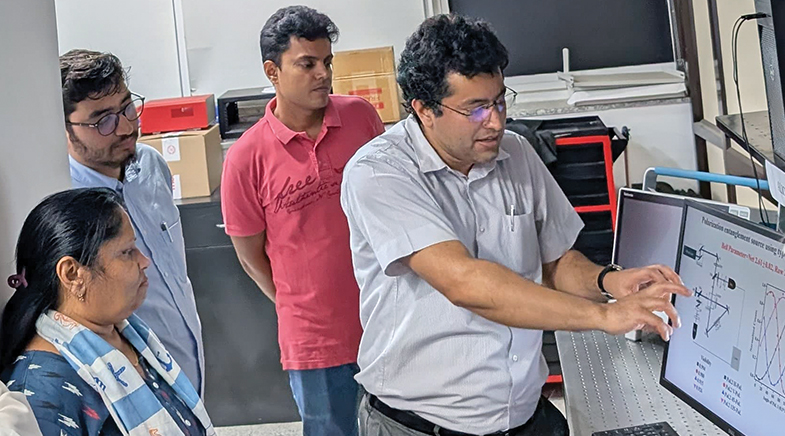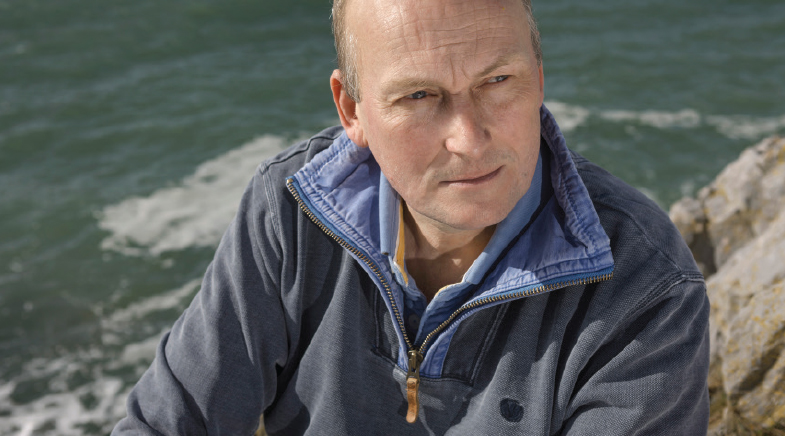Quantum test of gravity
-
- from Shaastra :: vol 03 issue 10 :: Nov 2024

Researchers design an experiment to check whether gravity can act as a quantum entity.
Of the four forces of nature, three – electromagnetic, strong and weak forces – are quantum in nature. Recently, a research team proposed a novel experiment (bit.ly/Gravity-test) that would answer whether gravity, the fourth, is a quantum entity, too. Their newly designed experiment may answer if gravity changes when it is measured, a signature characteristic of the quantum world.
In quantum mechanics, an entity is disturbed and altered by observation, a weird phenomenon that doesn't happen in the visible or classical world. In classical systems, a property can be measured with high precision without affecting the system. However, in quantum mechanics, observing a system always causes an unavoidable degree of disturbance. "In a football match, the spectators' observation doesn't change the outcome, but in a quantum system, simply observing it can alter the result," says Debarshi Das of the University College London, U.K., and the study's co-lead author.
The experiment aims to determine whether measuring the gravitational field of a massive object causes a disturbance that alters the object's behaviour. By comparing the object's properties before and after measuring its gravity, researchers hope to observe changes that might indicate gravity behaves as a quantum entity.
In quantum mechanics, an entity is disturbed and altered by observation.
In this set-up, researchers prepared two tiny masses of nanodiamond of about 10-14 kg (one trillion times heavier than a hydrogen atom). One mass serves as the source, while the other, called the probe, measures the source's gravitational field. Both masses are placed in a superposition state, meaning each exists in two locations simultaneously. Researchers achieve this superposition using the Stern-Gerlach experiment. Before the probe measures the source's gravity, the source mass shows an interference pattern. If gravity behaves quantum-mechanically, this interference pattern should disappear when the probe mass measures it. "If gravity is classical, however, the measurement won't change the interference pattern," explained Das.
"Quantum mechanics, which replaced Newtonian mechanics about a century ago, still leaves unresolved questions, especially around the boundary between the quantum microworld and the classical, everyday macroscopic world," says Dipankar Home, the study's co-author. Earlier this year, Home and collaborators had introduced a breakthrough method (bit.ly/quantum-massive) to observe quantum behaviour in larger objects, laying the groundwork for the current study.
"I think overall this is a very nice proposal that will be feasible in (the) not-too-far future and informs us, to some extent, about one aspect of the 'quantumness' of the gravitational field," says Christopher Hilweg of the University of Vienna, Austria, who was not involved in the study.
Have a
story idea?
Tell us.
Do you have a recent research paper or an idea for a science/technology-themed article that you'd like to tell us about?
GET IN TOUCH














